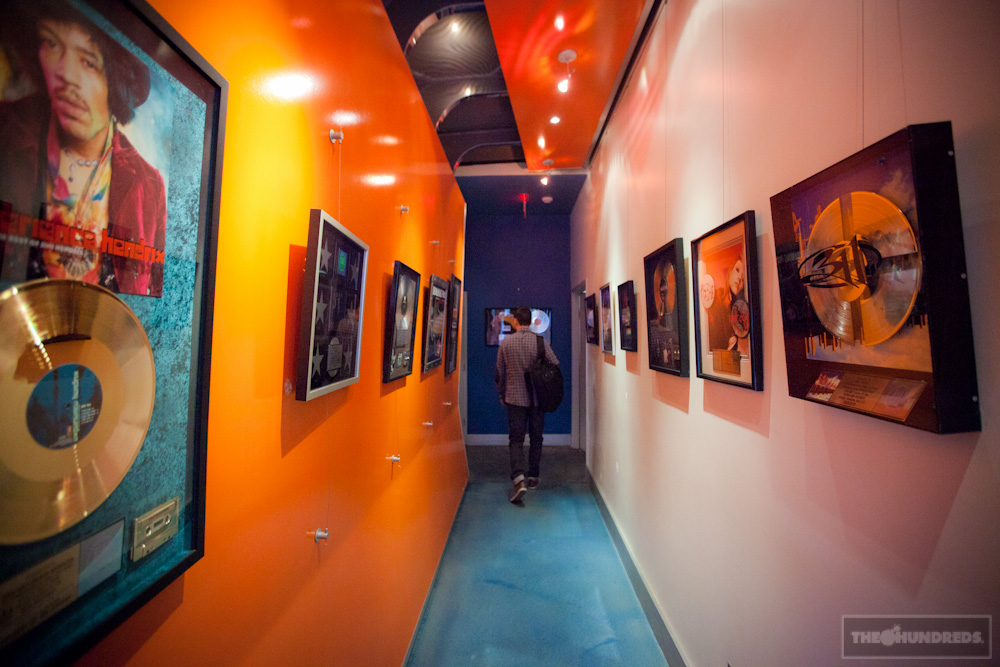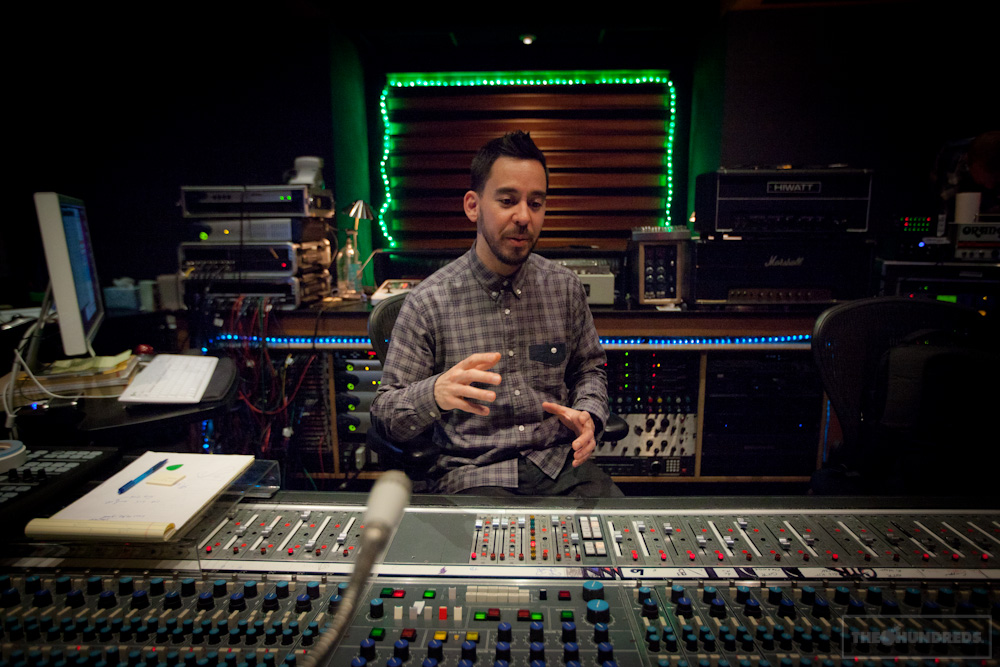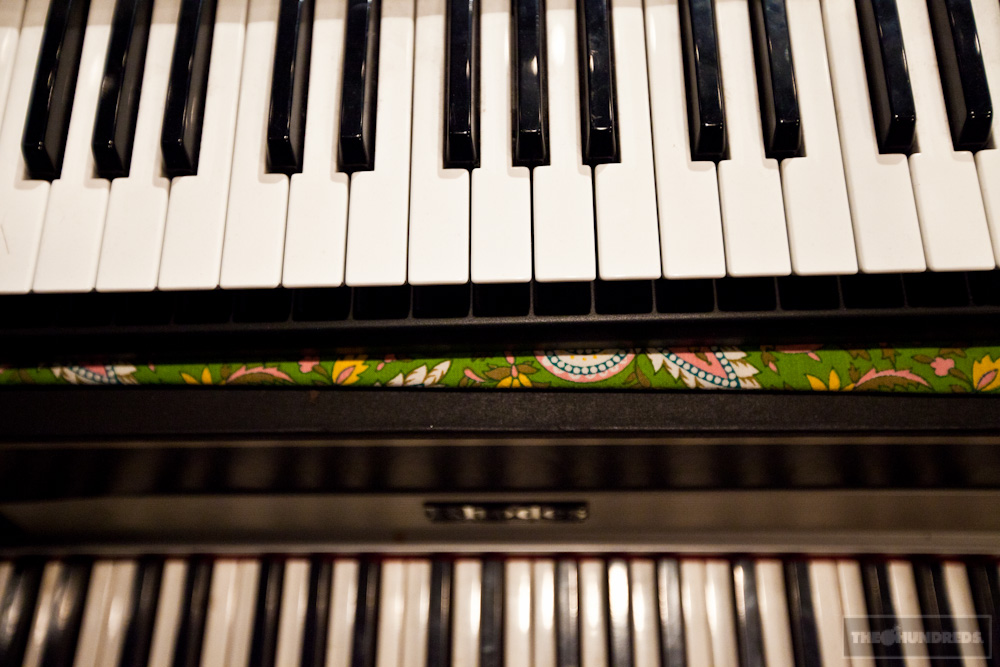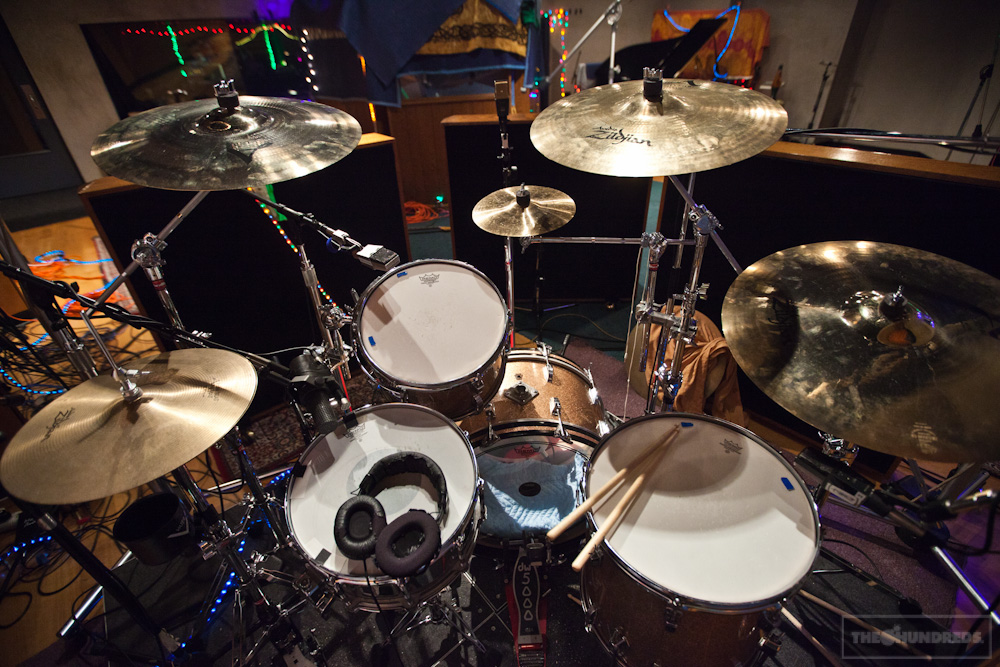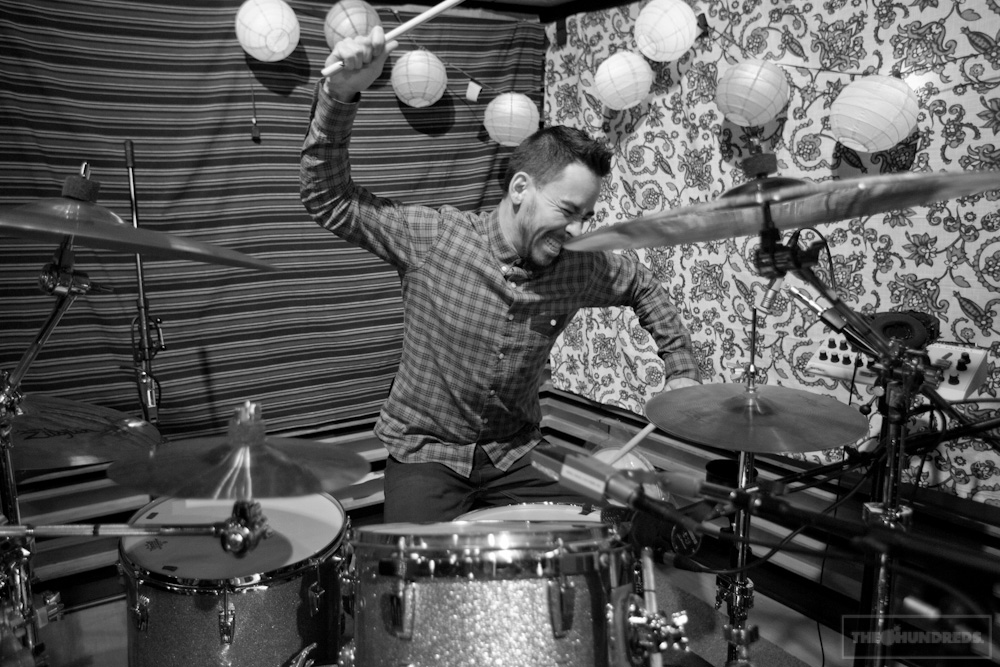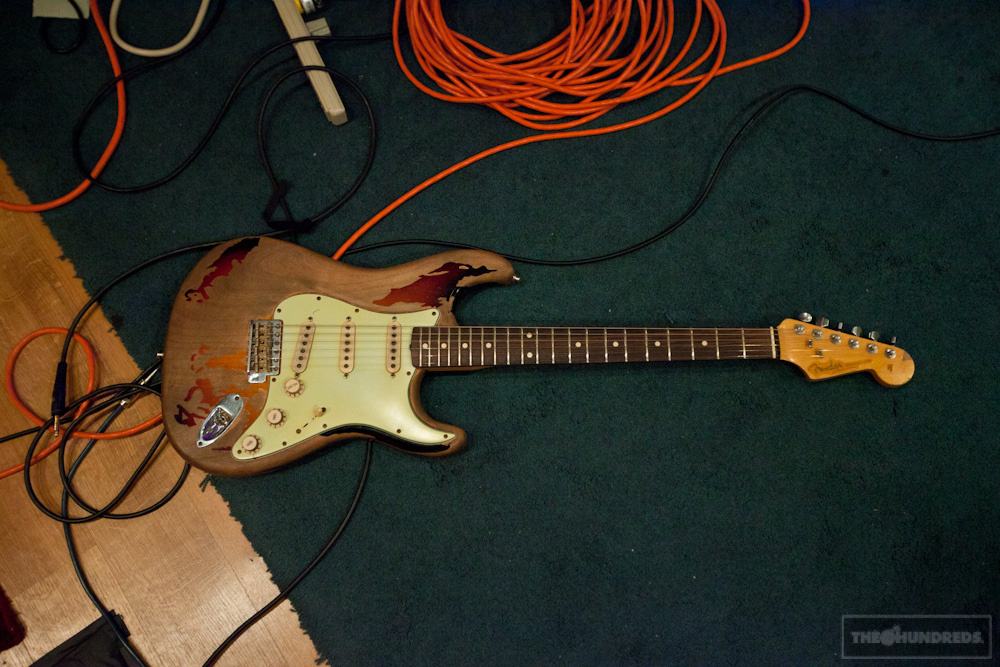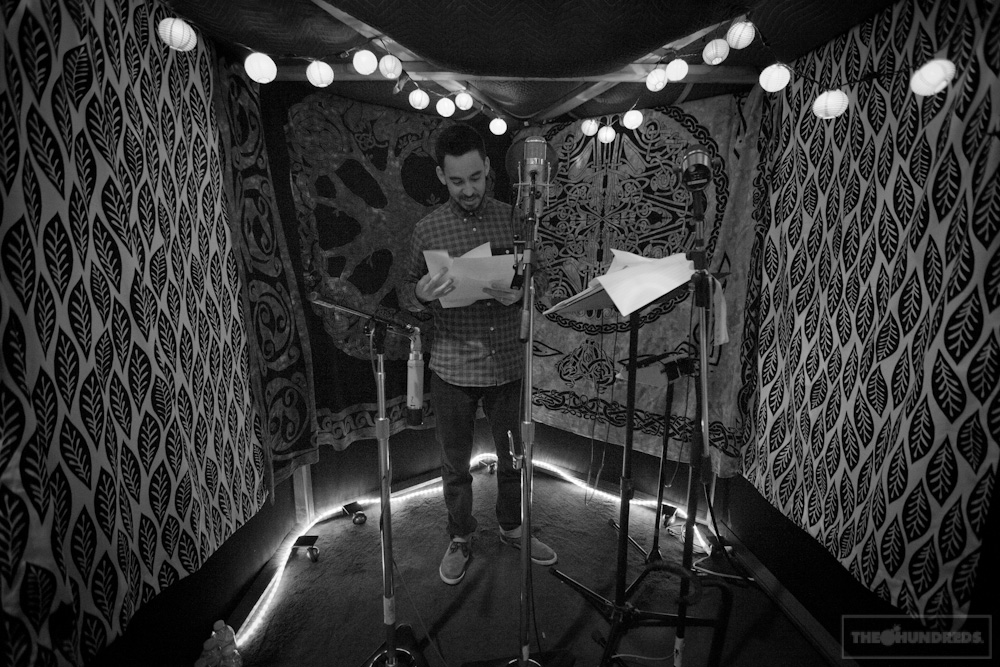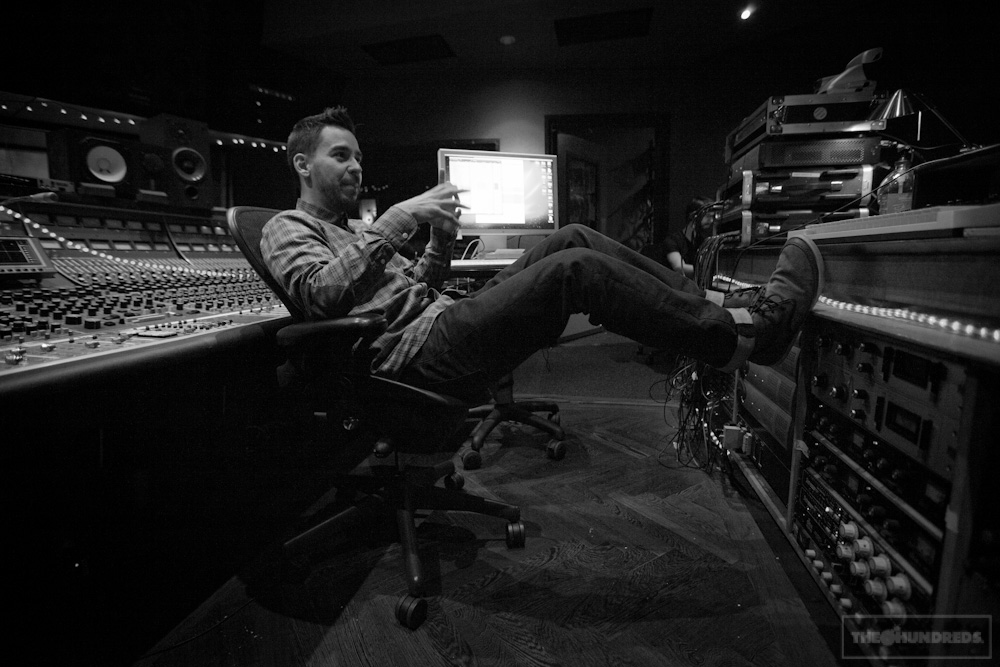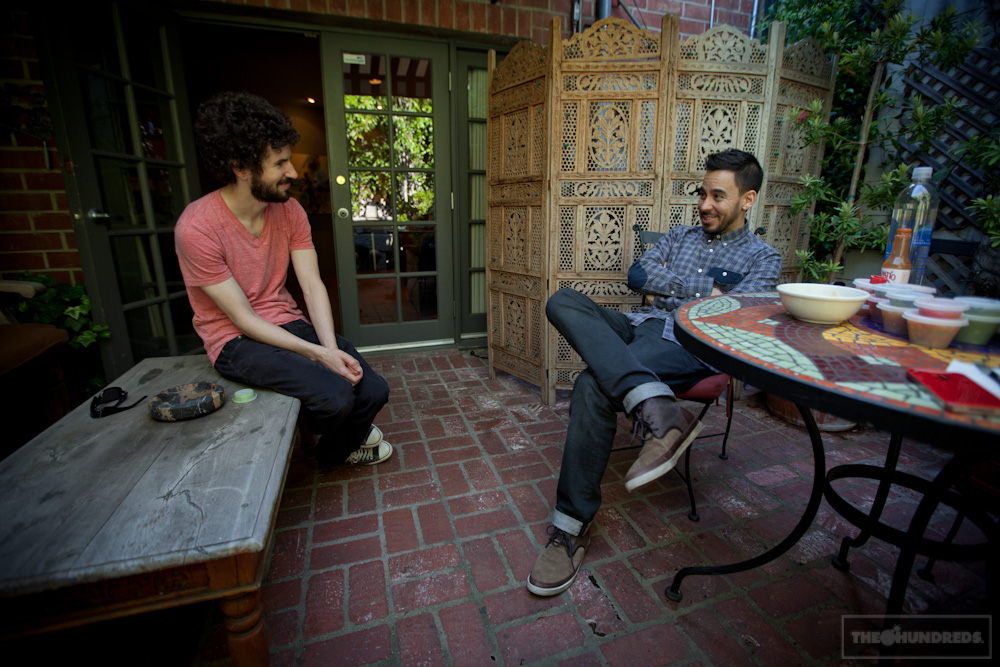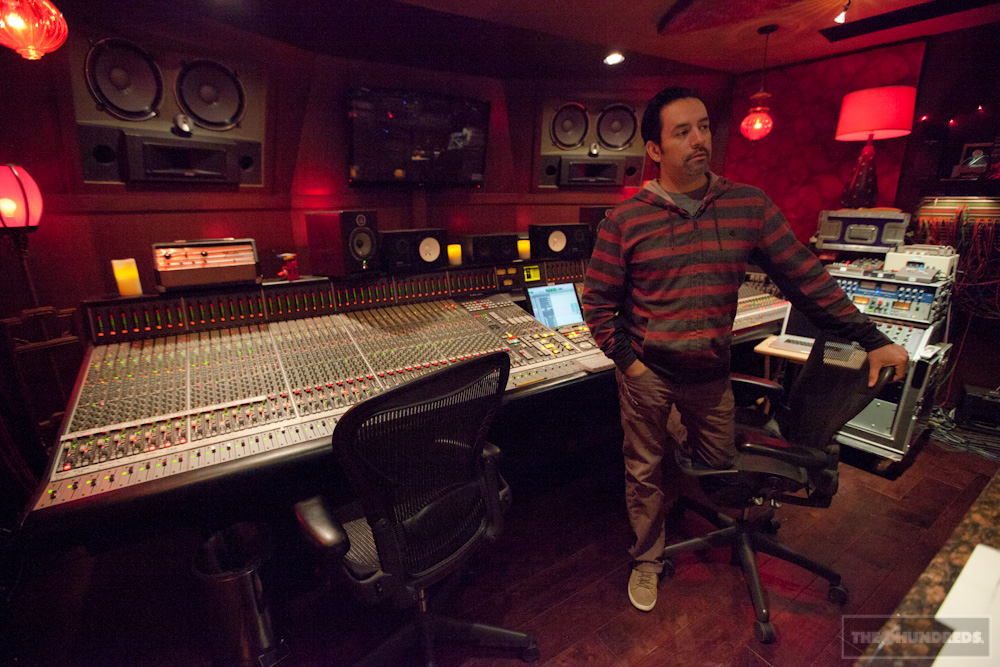Can you be mainstream and still be cool? It’s a question we are forced to ask ourselves at The Hundreds. Although we aren’t nearly a mainstream brand, we continue to grow and flourish, and one day we will stand at that crossroads. So, can you be mainstream and still be cool?
In short, the answer is Yes. Although “Cool” is subjective, I think most people would agree that household brand names like Apple and Nike and Kanye West are still, in the most general sense, Cool.
It’s hard for me to reconcile that with the philosophies I’ve held my entire life, that Cool is a by-product of exclusivity, rarity, and the underground. As someone baptized in subcultures, to go mainstream and above-ground was to forfeit. Stay core, stay poor. That’s the mantra.
As a teenager in the ’90s Southern California punk scene, in my Dickies and Converse, a band like Linkin Park was everything I stood against. This band didn’t represent me, they couldn’t speak to my underdog sensibilities; in my eyes, they bathed in the mainstream, and they swam with the current. As soon as a band enlisted in the “Furious 5 at 9” on KROQ (the top 5 songs of the day on L.A.’s alternative station), they were dismissed as my sworn enemies. And a band like Linkin Park, perhaps the most popular rock band of our generation, couldn’t get off the Furious 5 at 9 if they paid.
Mike Shinoda’s dealt with it. As frontman for Linkin Park, he has weathered the detractors and the parodies and the critical assassination. But at the same time, he has also been showered with the dedication of millions of loyal fans worldwide, built a wildly successful music career, maintained longevity, and blessed influence on an entire wave of bands that followed. I’d say that’s pretty Cool. Very Cool.
As I sit here with Mike in the very recording studio Linkin Park concocted their new album, Living Things, not only are my ears open to the music, but so are my eyes. I see the weathered instruments that have bled into this record, the sleepless nights stained across the piano keys and guitar strings, I see the scribbled lyric sheets splayed across the bookstand. As we talk about the record, I grow to understand not only what this band has done, but what they are doing. Ask any thirty-year-old about Linkin Park, and they’ll sweep them into the rap-rock abyss. But ask a teenager who Linkin Park is, and they’ll sing a different tune.
Literally. They will sing a new song, unfamiliar, perhaps unrecognizable to anything you know. Because while the rest of their peers faded to black, Linkin Park never stopped evolving and making new music. Yes, their ’00 debut rap-rock album Hybrid Theorystruck diamond, but they have made 4 contrasting, borderline artsy, records since, sold over 50,000,000 albums, and scored two Grammys. That’s Cool.
Living Things debuts June 26th. It’s by far the band’s best, most comprehensive work, surprisingly jumpstarting with LP’s familiar, heavy rap-n-roll sound of yesteryear. The first two tracks are like old friends to Linkin Park fans and critics, reunited after the band strayed and searched and experimented with the avant-garde. My favorite Linkin Park album was their last, A Thousand Suns, because it played like a book is read. It was cerebral and heady, it was an emotional story that had weight.
Don’t get it twisted, Living Things doesn’t ditch that. By the third song, you are jarringly pulled into uncharted territory. The music grows in brooding intensity, it has an exotic flavor, tinged with modes of everything. Linkin Park, you may know, was originally titled Hybrid Theory (as their introductory record) because their ethos was to fuse and mix the things they loved — not just music genres, but artistic elements, ethnicities, cultures. This album hearkens back to that philosophy, it’s a sonic cornucopia: heavy bass lines and dubstep-reminiscent back beats, Chester Bennington’s otherworldly vocals screeching over punishing guitars.
Living Things is an accurate gauge of where Linkin Park sits right now at this point in their career. Most, if not all, rock bands never make it this far, especially in this climate of sleepy Bon Iver music and crybaby rap. Plus, this many creative personalities and egos, on the road, performing, writing together, for over a decade and a half. Think about it, how many radio acts from the mid-’90s are still crushing it? That’s Cool.
I follow Mike a couple miles away to the studios where Living Things is being mixed. Lead guitarist Brad Delson is in the back, we talk about work, we talk more about personal lives.
Then they introduce me to Manny, the mixer. Although Manny the Mixer sounds like a kid’s cartoon, what this guy does is anything but child’s play. Two decades in the business, he earned his stripes in the days of early ’90s West Coast rap, and has the harrowing “Behind the Music” tales as evidence. He just finished that new Bieber “Boyfriend” single and is currently toiling on John Mayer’s album. He does his best to explain the science of mixing to me, but it’s alien jargon. I’m overwhelmed by the sea of faders and convoluted tentacles hardwired into cabinets. But at the end of the day, I see what it takes to make these records. I can almost fathom what Linkin Park does to achieve creation. It’s not an art you can pay to download, process with a filter, ReTweet, or learn through a Youtube tutorial. To make a powerful record that communicates a story and a mission, that speaks to legions of followers,… takes brains, it takes heart, and it takes fists.
And that’s very Cool indeed.
by bobbyhundreds


